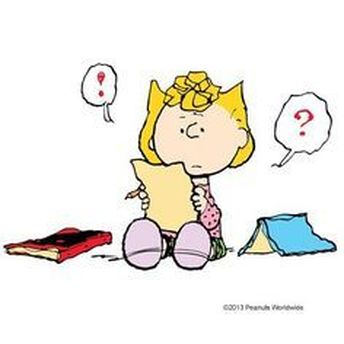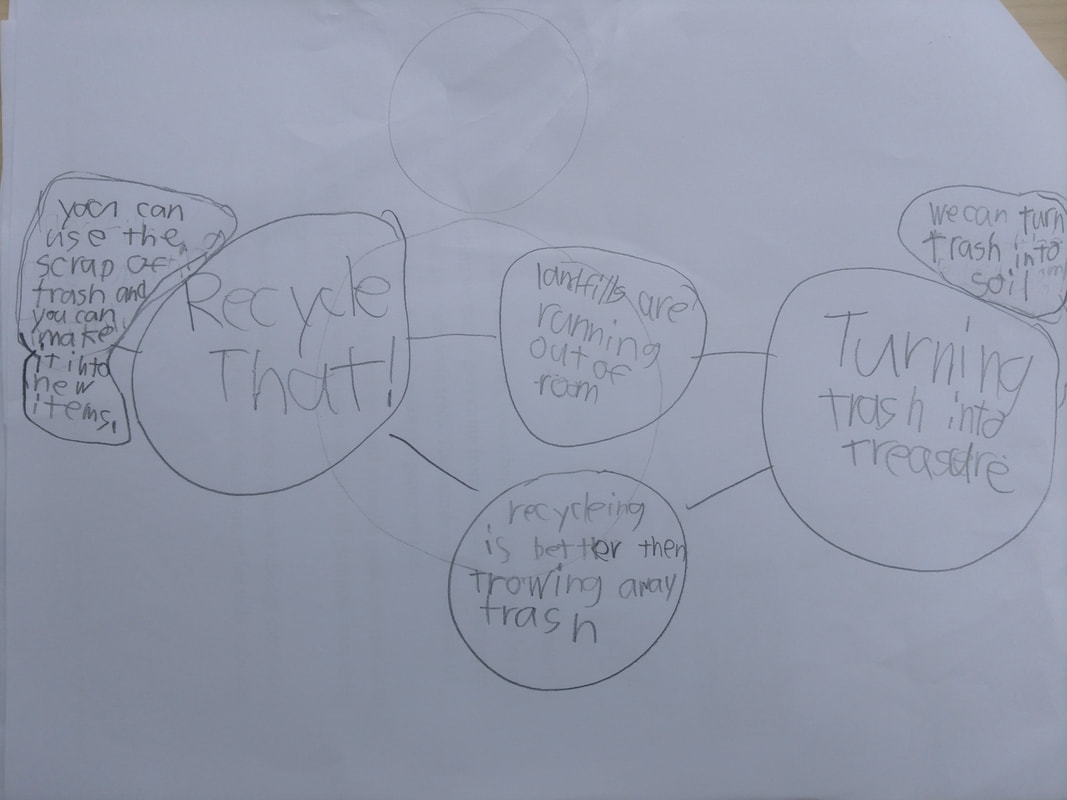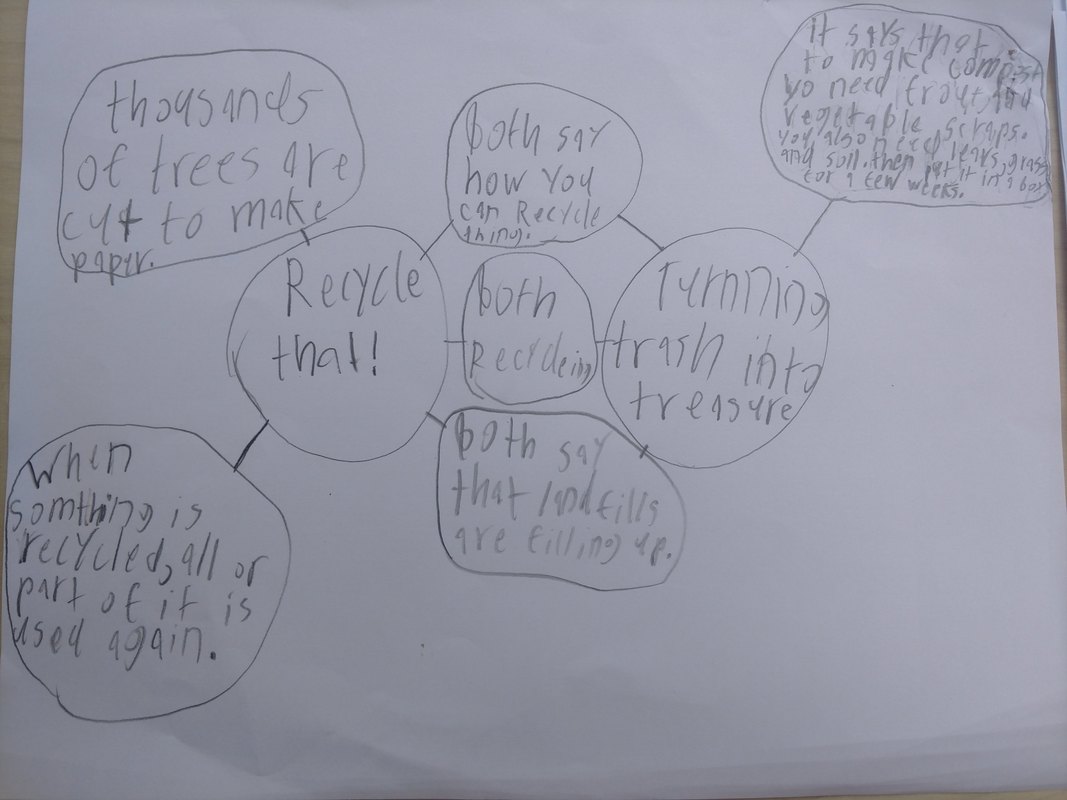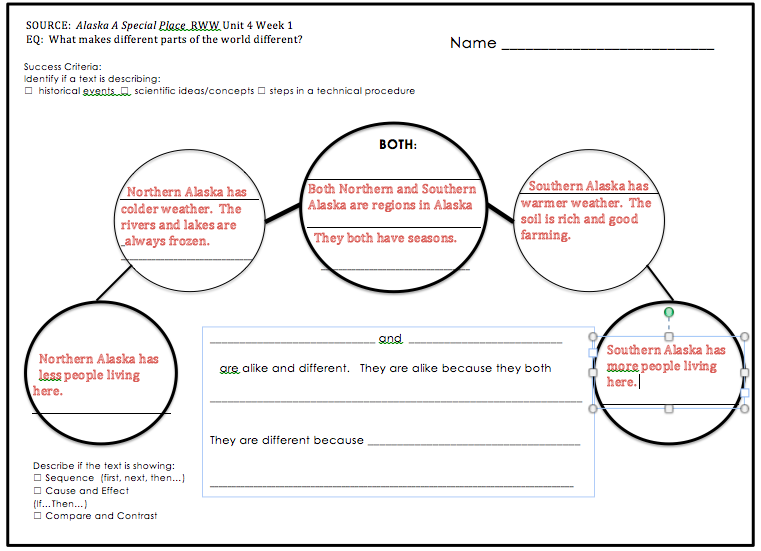|
Very proud children got to show off their amazing work at the Student Showcase. D103 students really helped to transform the cafeteria into a rainforest of colors and creatures with their work. Our second graders had the opportunity to meet their fourth grade buddy class and view the showcase together. The fourth graders helped the second graders write happy grams for their friends. Here is a summary of what happened in our classroom: In Langauge Arts...
In math...
0 Comments
We were treated with some fortune cookies and Chinese good luck wishes from Panda Express this Wednesday. Students got to enjoy an educational video on Chinese culture and the history of the Zodiac Calendar. They learned that this year, the year of the dog will be celebrated. People who are born in the year of the dog are said to be loyal, honest and the truest of friends. Students also learned about the lantern festival, Chinese dragon and lion dances, and even hongbao (lucky red envelops).
Here is a summary of what happened in our classroom: In Langauge Arts...
In math...
REMINDERS AND ANNOUCEMENTS
|
Proudly powered by Weebly




 RSS Feed
RSS Feed